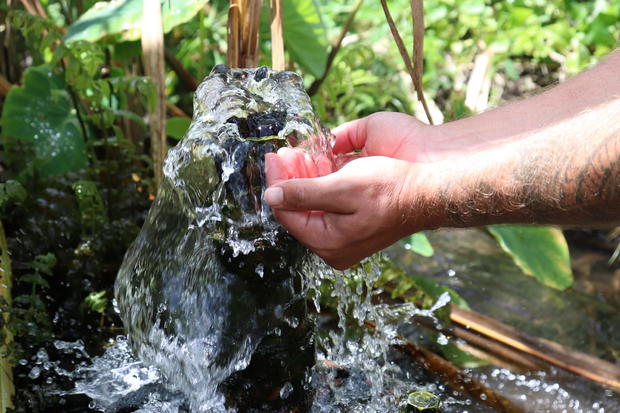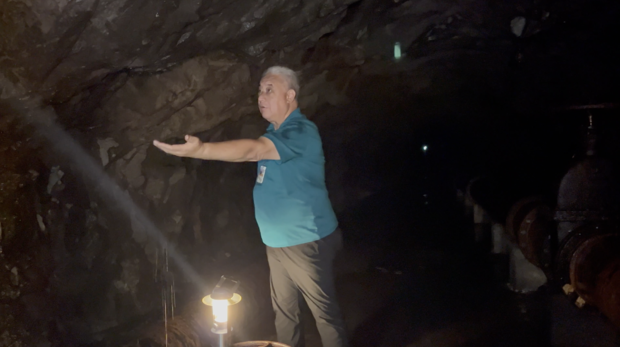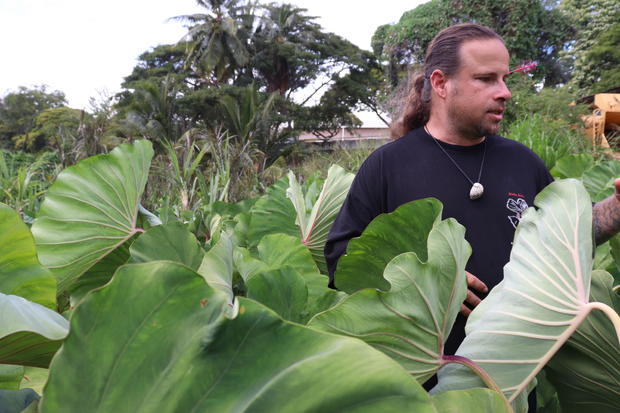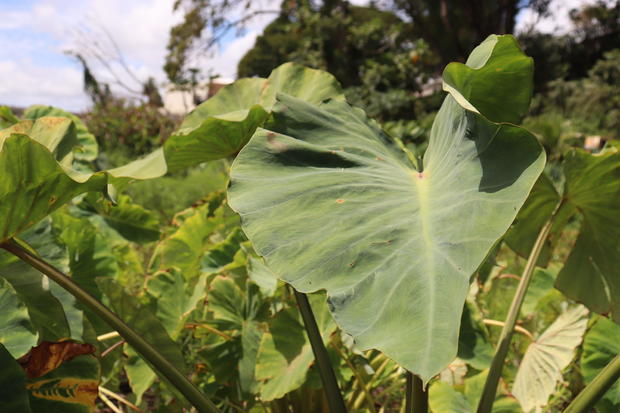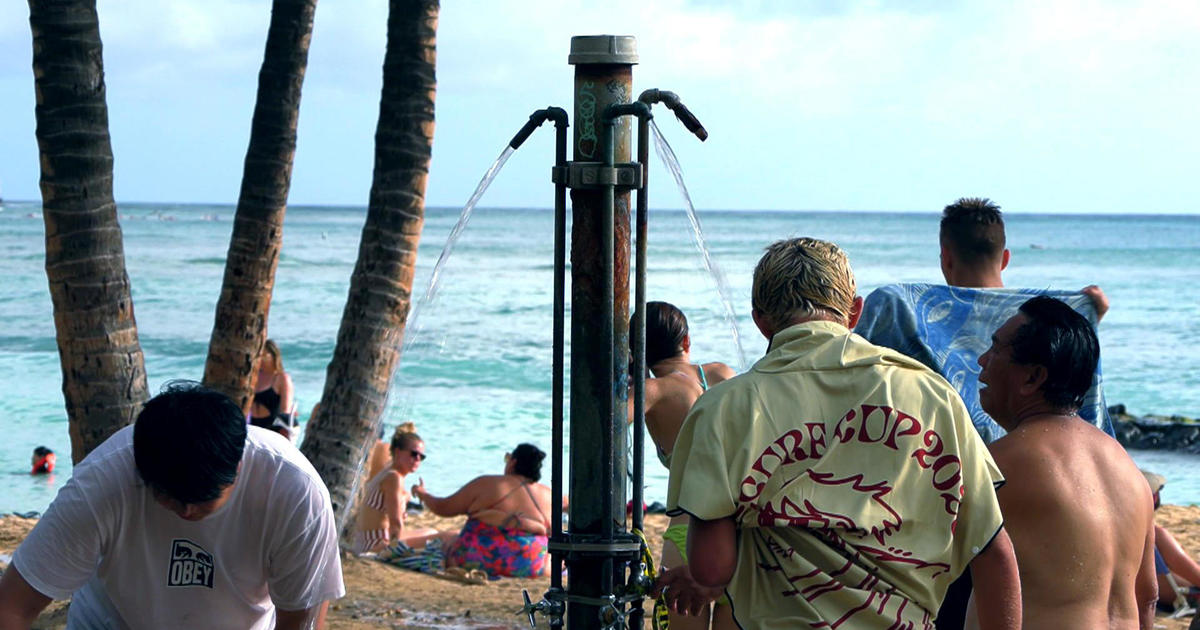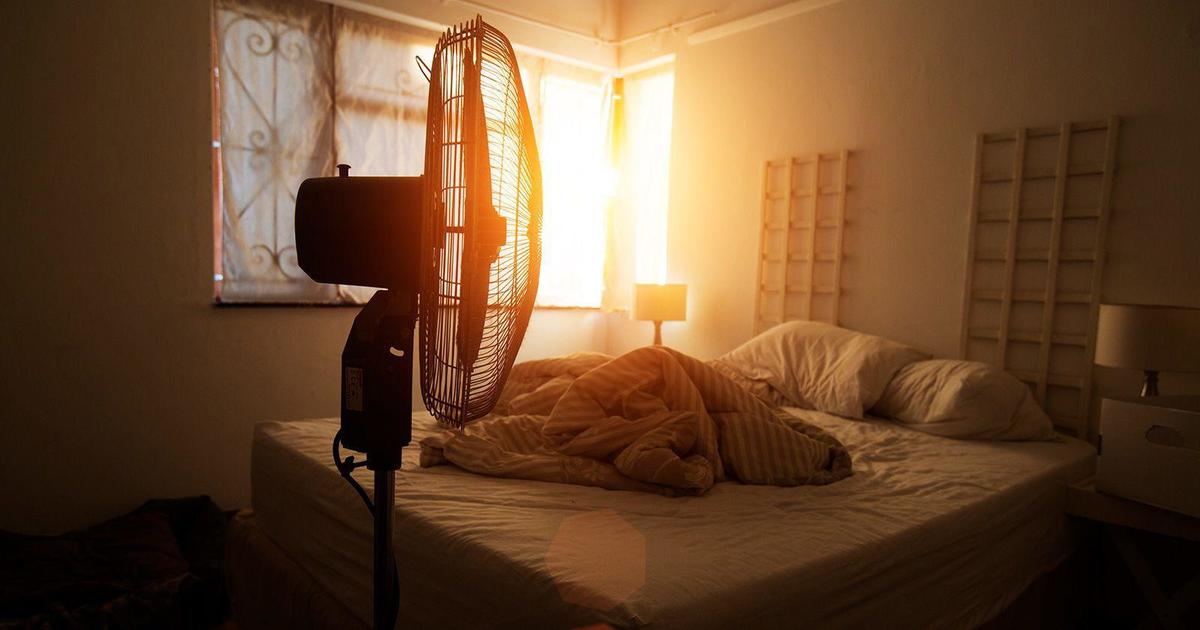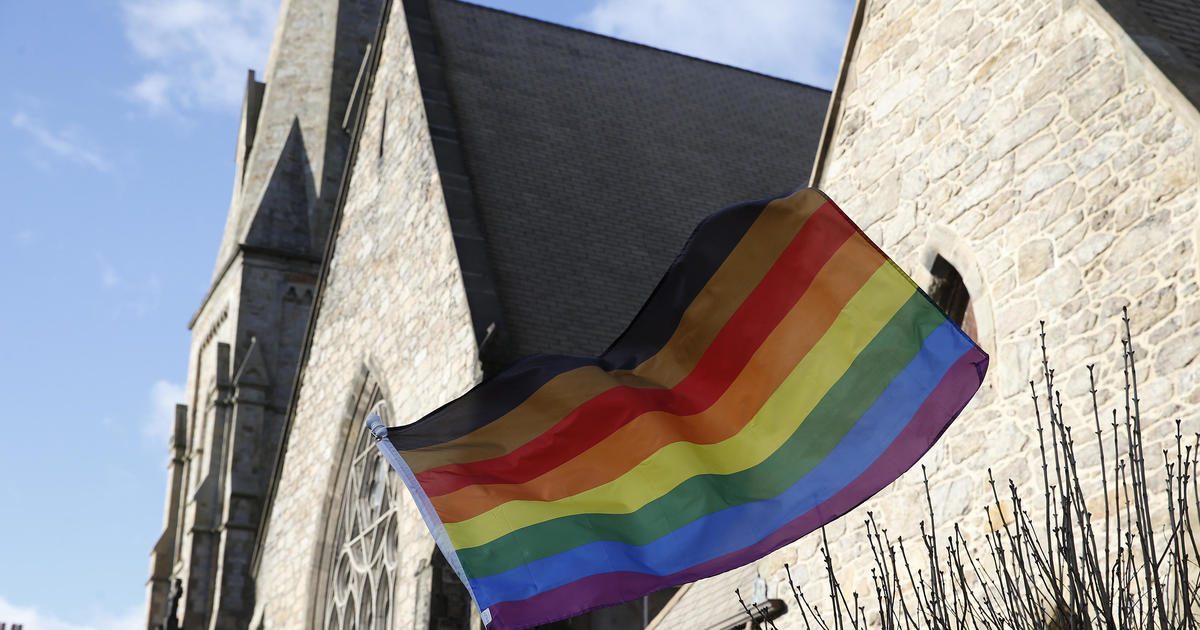Hawaii is "on the verge of a greater catastrophe," locals say, as water crisis continues
In Hawaii, one of the most important sayings is ola i ka wai, "water is life" — a phrase that not only sums up what it means to exist on an island, but what it means to live, period. But now, one of the largest of the island chain's land masses is facing a triple threat to its sole freshwater source, and if it isn't addressed soon, one community member says, "we're in deep trouble."
Despite being surrounded by seemingly endless ocean, freshwater on Oahu, the third-largest of Hawaii's six major islands, is not easily accessible. The island relies on an underground aquifer for its water supply. Replenishing that aquifer is a decades-long natural process, as it takes a single drop of water roughly 25 years to make it there from the sky.
And recent years have seen compounding problems: less rain, leading to significant droughts, and repeated jet fuel leaks and PFAS chemical spills contaminating water systems. All of this significantly limits available water use for locals, many of whom say tourism is only worsening the situation. Just months ago, the world's largest surfing wave pool opened up on the island — filled with freshwater.
"They're not using it to drink or to support life, they're using it to make money. They're commodifying it," said Healani Sonoda-Pale, who is Native Hawaiian and a member of advocacy group O'ahu Water Protectors. "… We are on the verge of a greater catastrophe."
"We are in a water crisis, that has to be made very clear," Wayne Tanaka, director of Sierra Club of Hawai'i, told CBS News, saying that if the reasons for this crisis aren't soon addressed, "We may come to a point where we have to decide … who gets water and who doesn't."
Surrounded by water, Oahu runs dry
On an island, rain is essential.
Statewide, rainfall averages range widely, from just 8 inches to around 400 inches a year, Thomas Giambelluca, director of the University of Hawaii at Mānoa Water Resources Research Center, told CBS News. There is a massive difference just minutes apart. Some areas are extremely dry, while others have the wettest climate in the U.S.
At the university campus where CBS News spoke with Giambelluca, the average yearly rainfall is about 60 inches a year, while nearby Waikiki, two miles away, gets 20 inches.
Water supplies depend on that rainfall, with drier areas having a smaller supply. But those drier areas also face higher demand, as they are where tourists flock and many locals reside. And because the drinking water supply is almost entirely from groundwater, shifting weather patterns can pose a major problem.
"We have the problem of getting water to where it's needed from where it can be found," Giambelluca said. "...When the rain doesn't come, we don't have any second chance, we don't have any other way to get our water supply. We can't pipe it from a nearby state."
Currently, the entire island of Oahu is considered "abnormally dry," according to the U.S. Drought Monitor. "Severe and persistent droughts," prompting water conservation measures, are not uncommon, Giambelluca said. While officials could work to desalinate ocean water, "that's not the preferred way to get drinking water," he added.
"It's very energy-intensive, and so that would be in opposition to our goals of reducing our dependency on fossil fuels in Hawaii, reducing our emissions," he said.
And as global temperatures continue to rise, that will only get worse — not just on Oahu, but across Hawaii.
"Hawaii is getting drier and drier, particularly since the 1980s," state climatologist Pao-Shin Chu said. "...The consecutive dry days become longer and longer. That's very clear."
But drought isn't the only issue. Warmer global temperatures also fuel more extreme precipitation, bringing more rain in a shorter duration. According to Giambelluca, that won't necessarily help maintain the water supply, as steep watersheds will channel that water into flooding, and rising sea levels will prevent rainwater from having a place to go — not even into the aquifer. Rising seas are already causing significant erosion on coastlines.
Giambelluca explained that as sea levels rise, the ocean will infiltrate the underground freshwater system, physically pushing that resource out while also infiltrating wells and other components of the water supply system that will need to be adjusted.
"It's already affecting those water systems," Giambelluca said. "...There's no question that climate change is going to make problems caused by other factors worse."
In fact, some evidence suggests that after 2030, there will be less groundwater to extract from, Chu said, adding, "that's going to be a problem."
"Without water, there is no life"
For Anthony Deluze, it already is a problem. He manages farmland on Oahu, nestled in between Pearl Harbor, a highway and a shopping center. His land is spring-fed, which he uses to primarily grow taro, a root vegetable considered a sacred staple in Native Hawaiian food and culture. But climate change has made growing taro for his family and community much more difficult.
"The biggest challenge is water," he said. "...Without water, there is no life."
Deluze has managed the land he is on for more than a decade, but within the past five years, he said, the water table has significantly dropped, reducing the available freshwater while more seawater seeps in. Between that and the ongoing drought issues, he didn't have even half the amount of water needed to properly maintain his crops.
"A healthy lo'i [water taro] system needs about 250,000 gallons per day per acre for it to be healthy," he said. "... We were probably getting, in the summertime, about 35,000 per day. And if we're lucky, maybe about 40- to 45,000 in the wintertime, per day. And this is three acres, so we're not even hitting a fraction of what we need."
But it's not just a lack of water, it's a lack of clean water.
"Water quality and water quantity are tied together," Giambelluca said. "...Water contamination is always going to impact water quantity, water availability."
Across the highway from Deluze's farm lies Pearl Harbor and Joint Base Pearl Harbor-Hickam, where in November 2021, there was a jet fuel leak in the Navy's World War II-era underground storage tanks. Nearly 20,000 gallons of jet fuel leaked out of the Red Hill Bulk Fuel Storage Facility, contaminating the base's water system and sickening thousands of military families and locals, many of whom say they are still reeling from the health impacts.
The Board of Water Supply instantly had to shut down three wells that supply water to the island, as the aquifer sits just below Red Hill. A year later, that same facility saw a major leak of 1,300 gallons of AFFF, a fire suppressant that contains PFAS, otherwise known as "forever chemicals."
"We can't farm with fuel; we can't live, period," Deluze said.
The military has since cleaned up the bulk of the lost fuel and chemicals, but many officials believe some of both could have ended up in the environment regardless.
"Red Hill…did spark off this crisis," Sierra Club's Wayne Tanaka told CBS News.
"If we lose our water, every aspect of life will be impacted and upended. Not just for the next few years, but for the next few generations."
Editor's note: The headline of this story has been updated.
